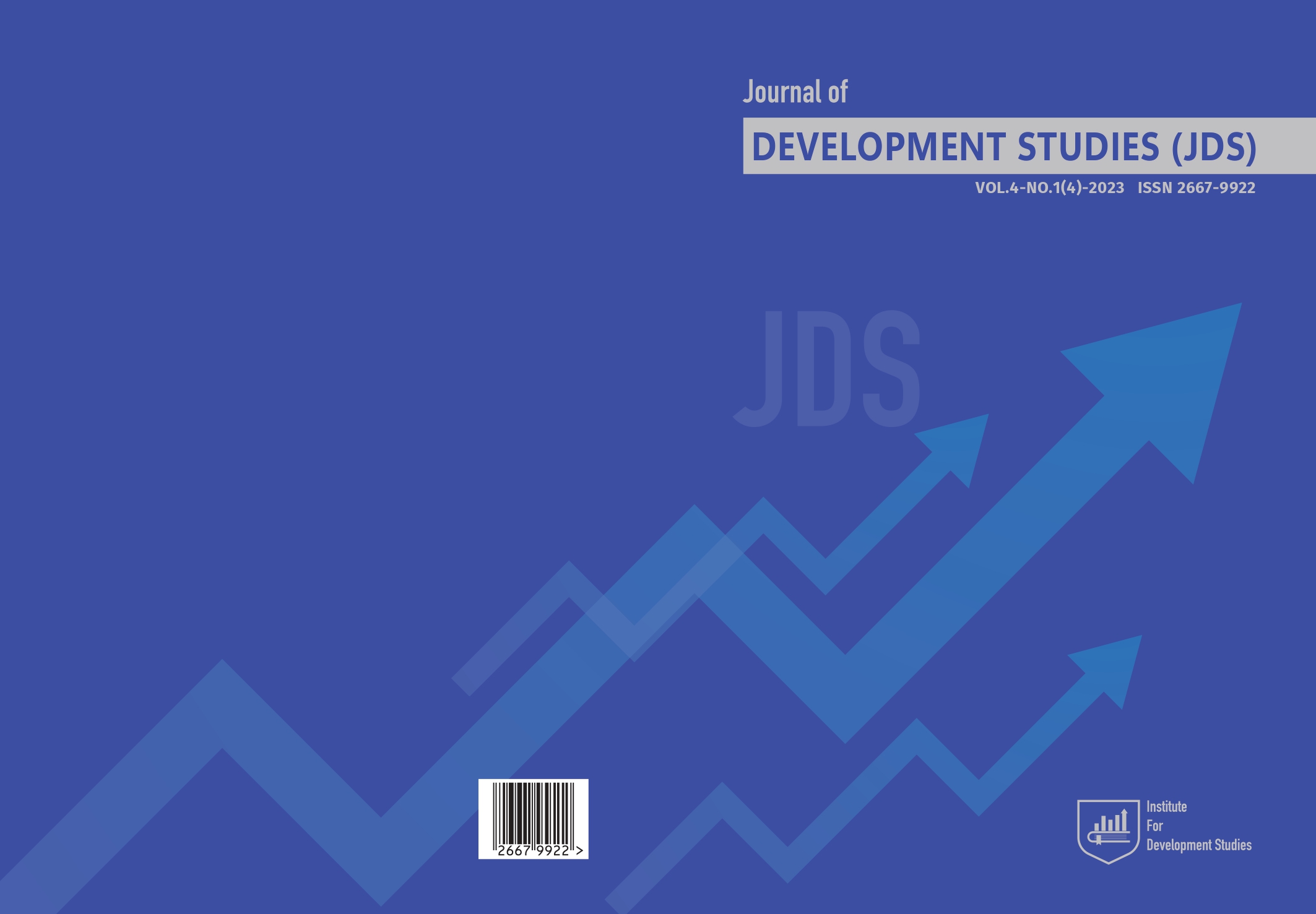Q1HTSC Superconducting Bi-Pb-Sr-Ca-Cu-O and MgB2 Compositions Fabricated by Hot Shock Wave Consolidation and Solar Melt Quenching Technologies
DOI:
https://doi.org/10.52340/jds.2023.04.04.01Keywords:
Critical Temperature of Superconducting Transition, High-temperature Superconducting Phases, Solar Technology, Vibrating Reed Torsional MagnetometryAbstract
The possibility of increasing of the critical temperatures Tс of superconducting precursors in samples of Bi-Pb-Sr-Ca-Cu-O and MgB2 supercoducting systems, fabricated using hot shock wave consolidation technology (HSWC) and solar energy for melting, and following superfast quenching of the melt, was investigated using vibrating torsional magnetometry methods. By using HSWC technology for the synthesis of Bi-Pb-Sr-Ca-Cu-O samples, the critical temperature Tс of potential superconducting precursor transition to a superconducting state was increased from Tс =107 K in the starting sample, to Tс =138 K.
In the Bi-Pb-Sr-Ca-Cu-O superconducting system samples, synthesized using solar energy for the melting and following superfast quenching of the melt, superconducting precursors with Тc more than 200 К were detected.
The analysis of the nature of the obtained dependences, and their comparison with other available results associated with the processes in the vicinity of critical temperature Тс, allows one to conclude that there is a possibility for the existence of high-temperature superconducting precursors with Тc more than 200 К in samples of this system.
Downloads
References
Ashimov, S. M., Chigvinadze, Dz. G. (2002). A torsion balance for studying anisotropic magnetic properties of superconducting materials,
Instruments and Experimental Techniques, 45(3), 431-435.
Chigvinadze, J., Ashimov, S., Mamniashvili, G., Donadze, G., Peikrishvili, A., Godibadze, B. (2018). On the nature of superconducting
precursors in Bi-Pb-SrCa-Cu-O compositions fabricated by hot shock wave consolidation technology, Eng. Technol. Appl. Sci. Res., 8(3),
-3037.
Chigvinadze, J. G., Acrivos, J. V., Ashimov, S. M., Gulamova, D. D., Donadze, G. J. (2017). Superconductivity at Т≈200 K in bismuth cuprates synthesized using solar energy, .arXiv: 1710.10430 [cond-mat.supr-con], 28 Oct 2017.
Chigvinadze, J., Tavkhelidze, V., Mamniashvili, G., Donadze, G., Acrivos, J., Gulamova, D. (2019). Vibrating reed study of superconducting cuprates fabricated by superfast melt quenching in a solar furnace, Eng. Technol. Appl. Sci. Res.,9(4), 4495.
Daraselia, D., Japaridze, D., Jibuti, A., Shengelaya, A., Müller, K. A. 2013. Rapid solid-state synthesis of oxides by means of irradiation with
light, J. Supercond. Nov. Magn. 26, 2987-2991.
Esquinazi, P. (1991). Vibrating superconductors, Low Temp. Phys., 85(3), 139-232.
Gegechkori, T., Godibadze, B., Peikrishvili, V., Mamniashvili, G., Peikrishvili, A. (2017). One stage production of superconducting MgB2
and hybrid power transmission lines by the hot shock wave consolidation technology, International Journal of Applied Engineering Research (IJAER), 12(14), 4729-4734.
Gulamova, D. D., Chigvinadze, D. G., Acrivos, J., Eskenbaev, D. E. (2012). Obtaining and studying the properties of high-temperature superconductors of homologous series of Bi1.7Pb0.3Sr2Can-1CunOy (n= 4− 9) under influence of solar energy, Applied Solar Energy, 48(2), 135-139.
Holcomb, M. J. (2005). Supercurrents in magnesium diboride/metal composite wire”, Physica C: Superconductivity. 423, 103-118.
Jiang, C. H., Nakane, T., Hatakeyama, H., Kumakura, H. (2005). Enhanced Jc property in nano-SiC doped thin MgB2/Fe wires by a modified in situ PIT process, Physica C. 422, 127-131.
Liu, T., He C., Wang, F., Liu, Y., Xi, X., Zhong, R., Gu, G. (2017). Shockwave-loading-induced enhancement of Tc in Superconducting Bi2Sr2
CaCu2O8+δ, Sci. Rep., 7(1), 6710.
Mamalis, A.G., Vottea, I. N., Manolakos, D. E. (2004). Explosive compaction/cladding of metal sheathed/superconducting grooved plates:
FE modeling and validation, Physica C: Superconductivity, 408-410 881-883.
Mamniashvili, G., Daraselia, D., Japaridze, D., Peikrishvili, A., Godibadze, B. (2015). Liquid-phase shock-assisted consolidation of superconducting MgB2 composites, J. Supercond. Nov. Magn., 28(7), 1925-1929.
Pelc, D., Anderson, Z., Yu B., Leighton, C., Greven, M. (2019). Universal superconducting precursor in three classes of unconventional superconductors, Nature communications, 10(1), 2729.
Pelc, D., Vučković, M., Grbić, M.S., Požek, M., Yu, G., Sasagawa, T., Greven, M., Barišić, N. (2018). Emergence of superconductivity in the
cuprates via a universal percolation process, Nature Communications, 9(1), 4327.
Priknha, T.A., Gavwalek, W., Savchuk, Ya. M., Moshchil, V. E., Sergienko, N. V., Surzenko, A. B., Wendt, M., Dub, S. N., Melnikov, V. S.,
Schmidt, Ch., Nagorny, P. A. (2003). High-pressure synthesis of a bulk superconductive MgB2-based material, Physica C: Superconductivity. 386, 565-568.
Yu, G., Xia, D. D., Pelc, D., He, R. H., Kaneko, N. H., Sasagawa, T., Li, Y., Zhao, X., Barišić, N., Shekhter, A., Greven, M. (2019). Universal precursor of superconductivity in the cuprates, Phys. Rev. B. 99(21), 214502
Downloads
Published
How to Cite
Issue
Section
License
Copyright (c) 2024 Akaki Peikrishvili, Bagrat Godibadze, Vakhtang Peikrishvili, Grigor Mamniashvili, Giorgi Donadze, Valeri Tavkhelidze, Dilbara Gulamova

This work is licensed under a Creative Commons Attribution-ShareAlike 4.0 International License.














